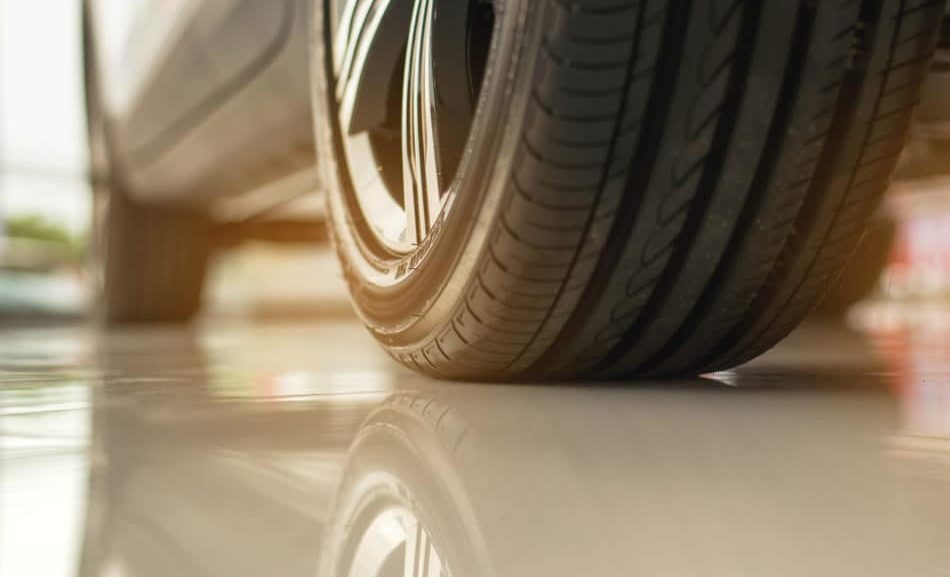Even though tires affect your car’s braking, handling, and safety, most people don’t give them much thought. In this article, our team at Double L Motors busts five myths about tires.
#1 All Cars Come With Spare Tires
While this used to be the case, it is no longer the standard. Many cars no longer come with a spare tire in the trunk for fuel efficiency and space-saving reasons. Additionally, if you purchase a used car in Calgary, it may not have a spare tire with it. In most cases, you will get a temporary mobility kit instead that comes with a tire sealant and tire inflator or run-flat tires.
If your tire is punctured, use the sealant and use the inflator to re-inflate your tire. However, if the damage is severe, then the mobility kit won’t do much to help, and you will have to call for a tow service.
#2 The Correct Tire Pressure is Printed on the Sidewall
Most drivers think that you should look at the tire sidewall to find the ideal tire inflation pressure number. However, these numbers actually tell you what size and type of tire you have and the maximum inflation the tire can handle, not the recommended pressure. This information can actually be found on the label inside the driver’s side of the vehicle or in the owner’s manual.
#3 You Should Rotate Your Tires Once a Year
This isn’t quite true. Tire rotation should be done every 5000 to 8000 miles, which typically coincides with oil changes. The easiest way to ensure that you are rotating your tires enough is to get it done at the same time you take your vehicle in for an oil change. Another way to keep track is to set your trip meter to zero when your tires are rotated and wait for it to get up to 5000 miles.
#4 A Tire-Pressure Monitoring System Ensures That Your Tires Are Good to Go
The use of a tire-pressure monitoring system is to electronically track and display your tire pressure using a warning light, pictogram display, or gauge. These signals have given most drivers the idea that their tires are fine as long as the warning light is not on. However, the signal is only triggered when your tires lose 25 percent of their pressure, and you could be driving on underinflated tires, causing unnecessary wear, wasting gas, and decreasing steering ability. It would be best to use a manual tire pressure gauge to check your tire pressure every 30 days.
#5 You Shouldn’t Continue Driving if You Experience a Flat Tire
Run-flat tires are tires that allow you to keep driving after a puncture so that you can make it to a mechanic. Many cars now use these tires instead of spare tires because they are less expensive. Run-flat tires vary in how long they can last and at what speed, but they can be driven for up to 50 miles at a low speed in most cases. To check if your tire has a run-flat, check inside the driver’s door.
Visit Double L Motors
If you are looking to buy used cars in Calgary and would like to learn more about how to protect your tires, visit our team at Double L Motors. We can’t wait to help you find the perfect vehicle for your needs.

